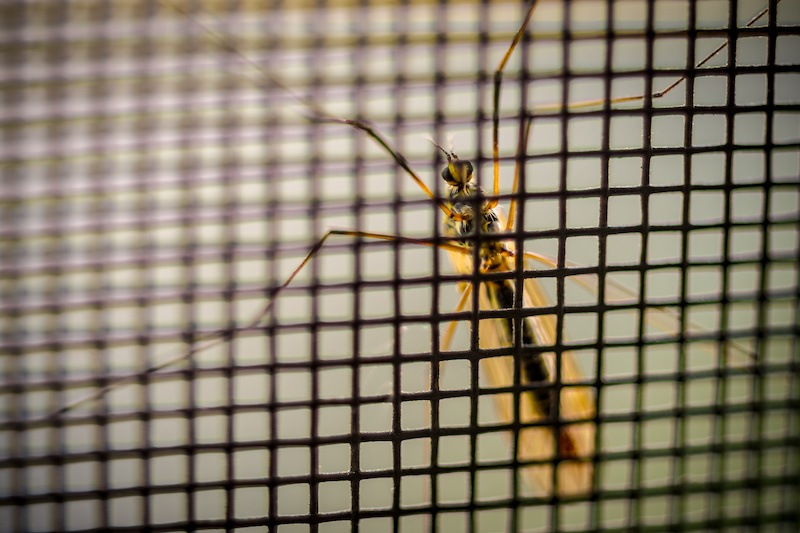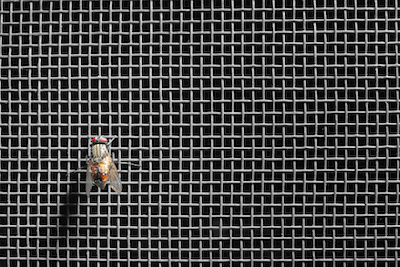Worst And Best Ways To Control Pests At Packaging Plants
By Donald Markham

Infestation threats are a sanitation nightmare for food, beverage, and drug safety.
Yet they happen almost regularly, according to a 2015 research report by Renktoil North America, increasing business operating costs by over $6 billion dollars, with a loss of revenue surpassing $13 billion.
All thanks to insects and pests that prefer nothing better than making products and ingredients their favorite landing spots, introducing germs that cause diseases like Listeria and Salmonella into production and packaging plants.
Disturbing as this is on its own, it leaves out the risk of compliance violations regulators are forced to issue—under Title 21 of the FDA’s Code of Federal Regulations—if traces of pest contamination are found during inspections.
Fines, penalties, and even temporary shutdowns until the situation is fully under control wouldn’t be out of the question, which is why no shortage of pest control solutions are thrown at facilities and operations specialists relying on strict sanitation.
As for how effective they actually are at dominating pests, well, keep reading to find out!
PEST CONTROL ALTERNATIVES AT
PACKAGING PLANTS
1. CHEMICAL SOLUTIONS

Whether in liquid, gas, or solid form, chemical-based pest control is designed to kill off whatever harmful organisms plague your environment. And, yes, while they can be deadly effective at ridding your facilities of unwanted pests, they’re also inherently toxic and can cause serious illness, depending on the agents being used and the level of human exposure. For this reason the Environmental Protection Agency (EPA) urges chemical-based solutions only as a last resort, in order to preserve indoor air quality.
2. ENVIRONMENTAL CLEANLINESS

Falling under the well-established norms of prevention, environmental cleanliness is the most sweeping form of pest control. It includes primarily the proper handling and disposal of trash, observance of strict cleaning protocols, and close facility systems monitoring, like plumbing leaks, often a source of hydration for populations of pests. But while indispensable as a first line of defense, it’s nearly impossible to keep track of every environmental issue that can go wrong at any given time, which is why you’ll always be left vulnerable to pest intrusions taking place on a micro-level.
3. SCREEN BARRIERS

Encompassing protective hardware that can be conveniently erected at known entry points for pests, physical barriers, a recognized pillar of Integrated Pest Management (IPM), is the only approach that offers prevention and protection simultaneously. It does so with the help of screen meshes that stop pests from breaking into packaging plants in the first place. What’s more, federal regulators and industry experts alike widely recommend their use, given the sanitation risk benefits and safety upside they provide not just your operations but also employees.


 Donald Markham is an experienced facility access specialist helping facility operations teams move the needle in the areas that matter most with proven door and dock solutions that got your back in every situation!
Donald Markham is an experienced facility access specialist helping facility operations teams move the needle in the areas that matter most with proven door and dock solutions that got your back in every situation!